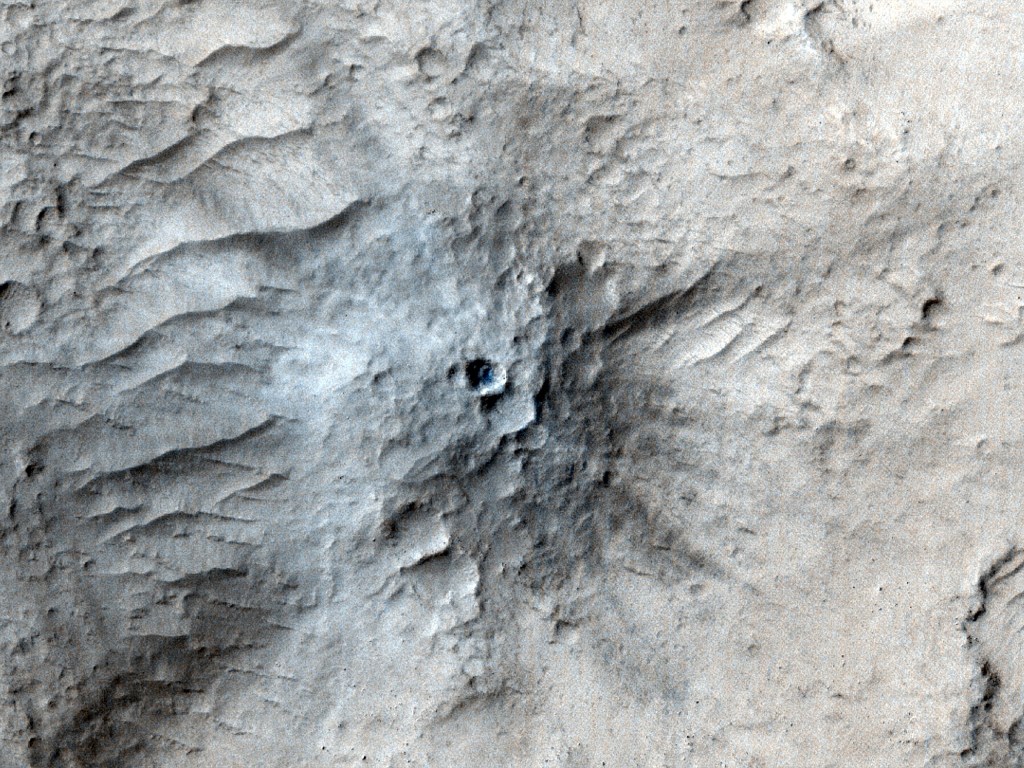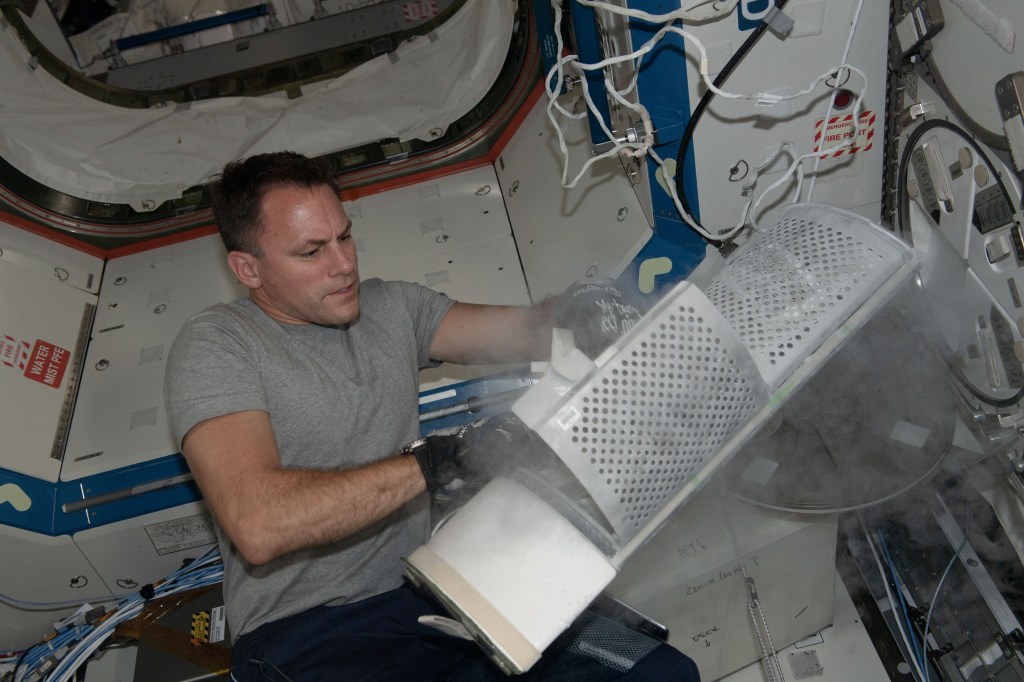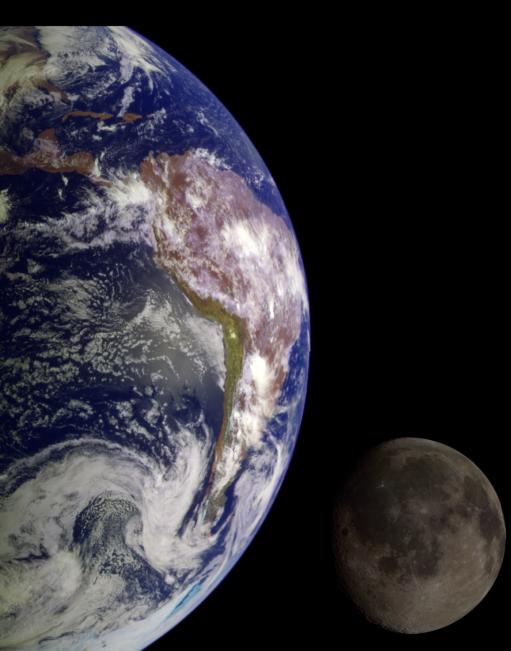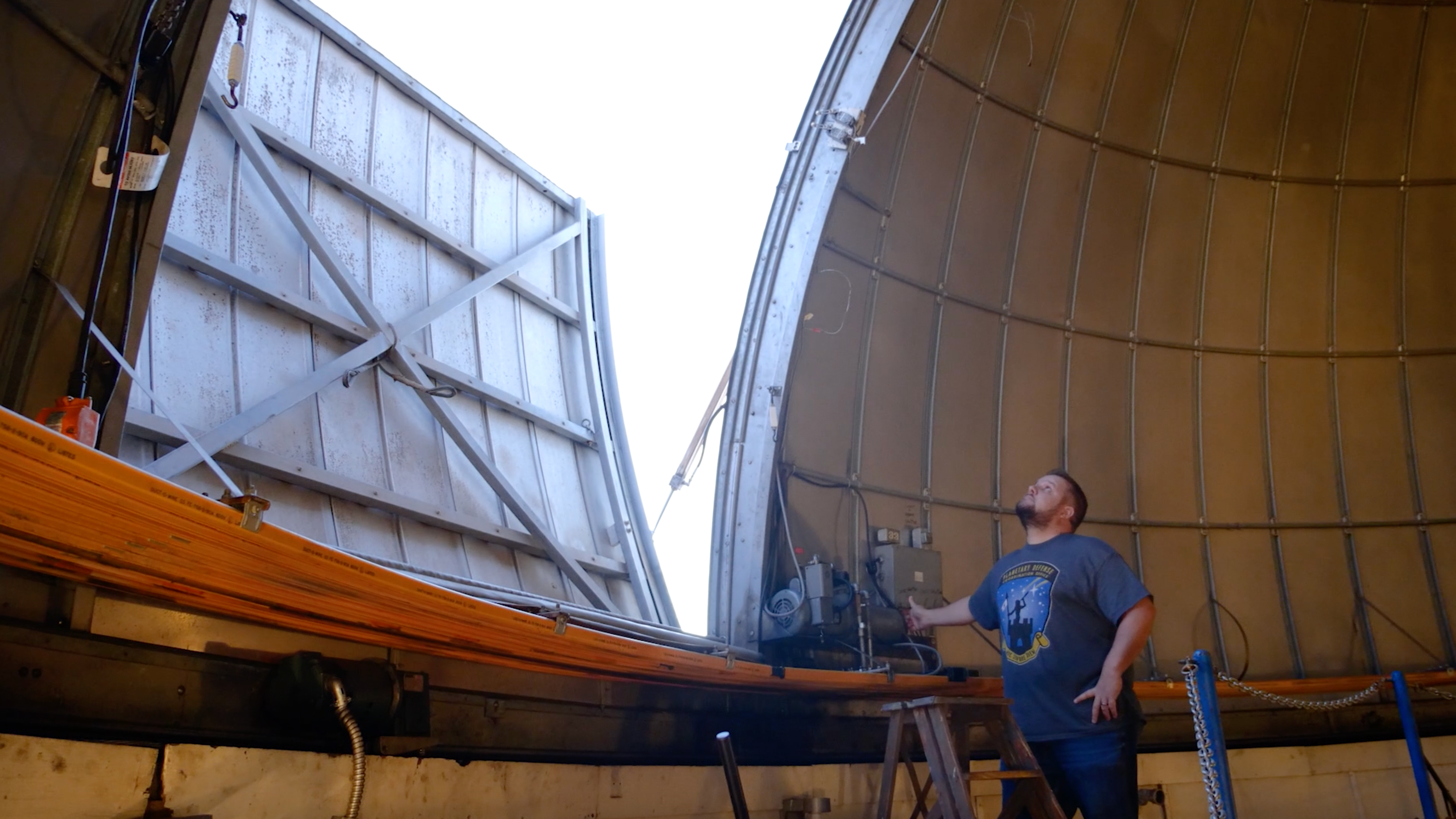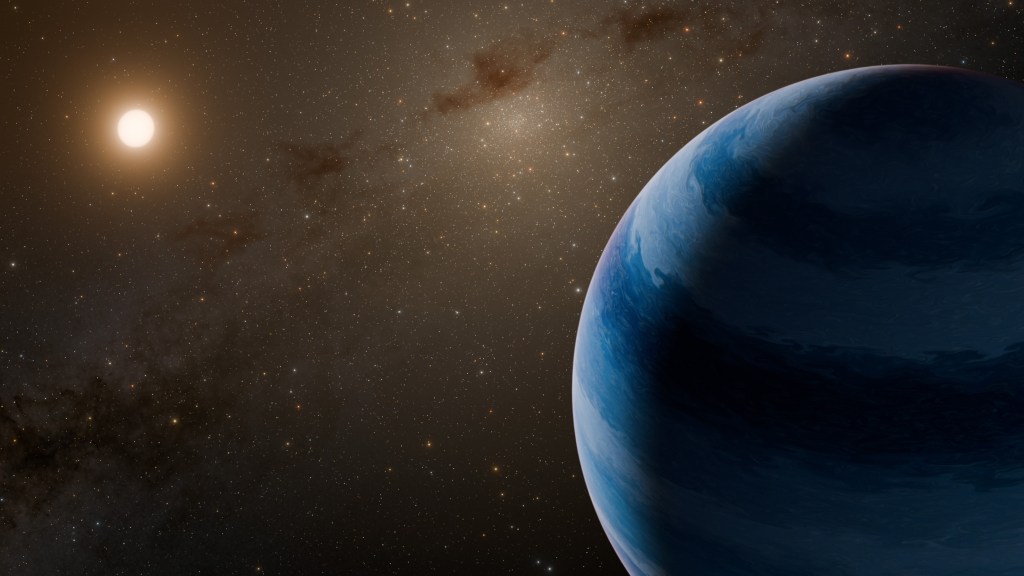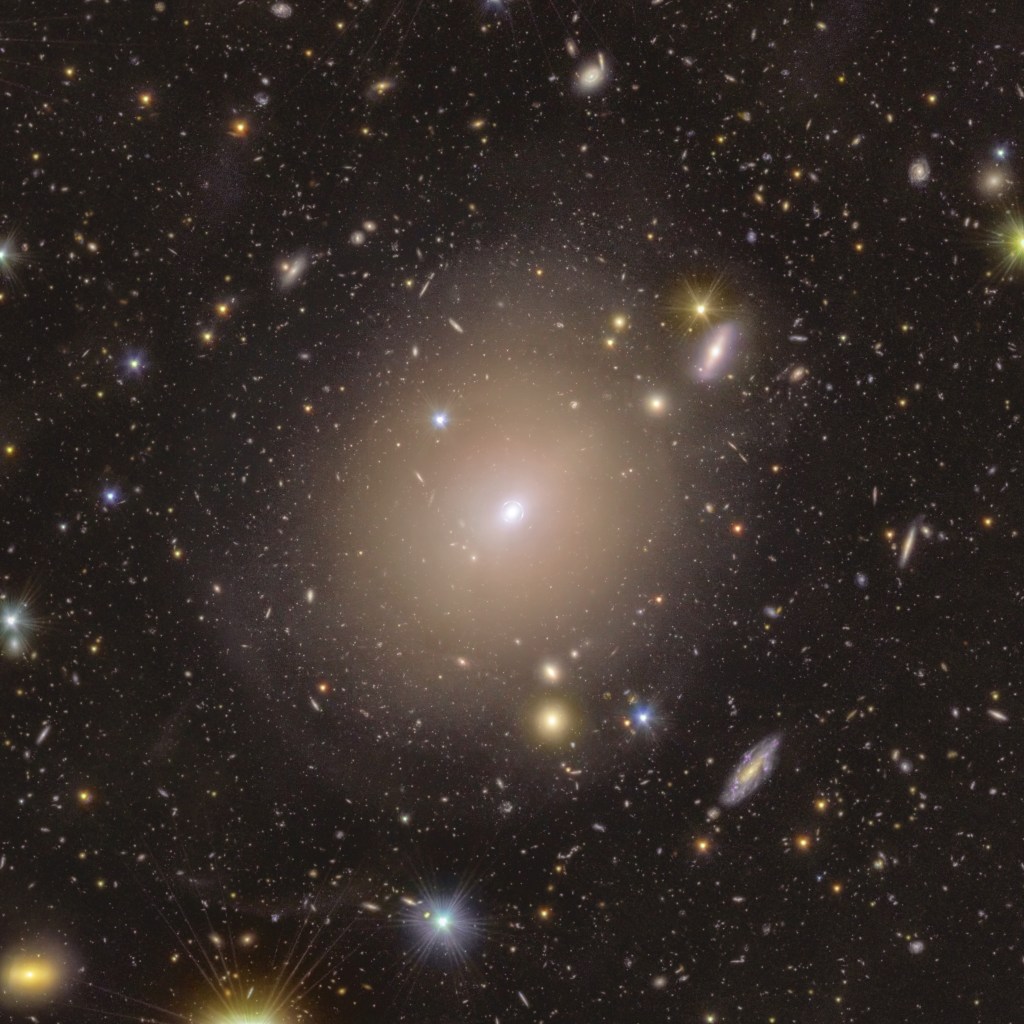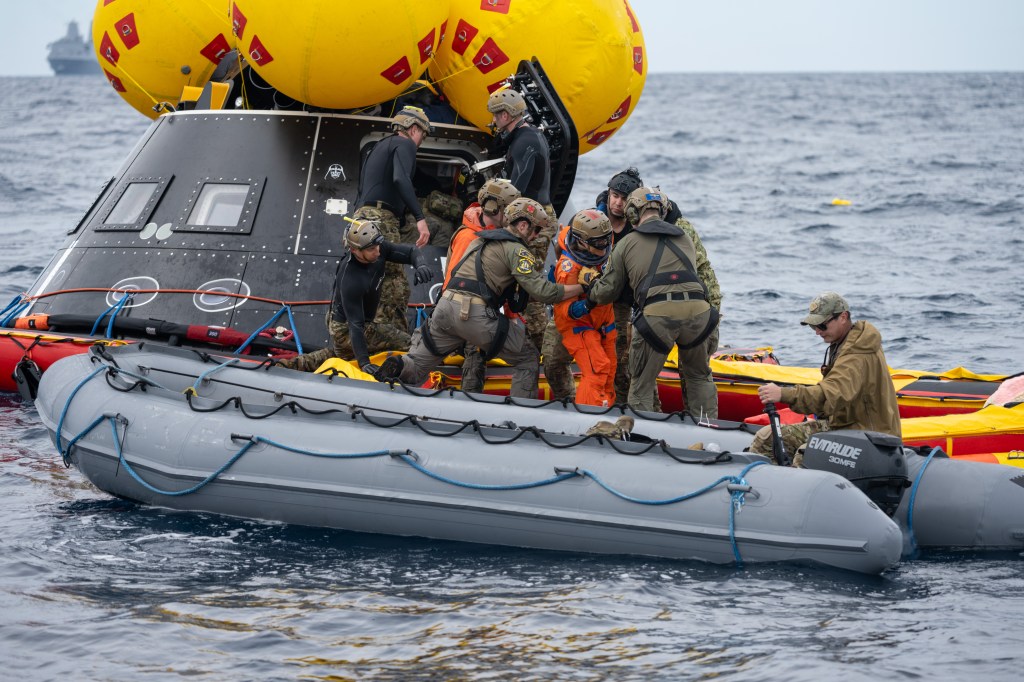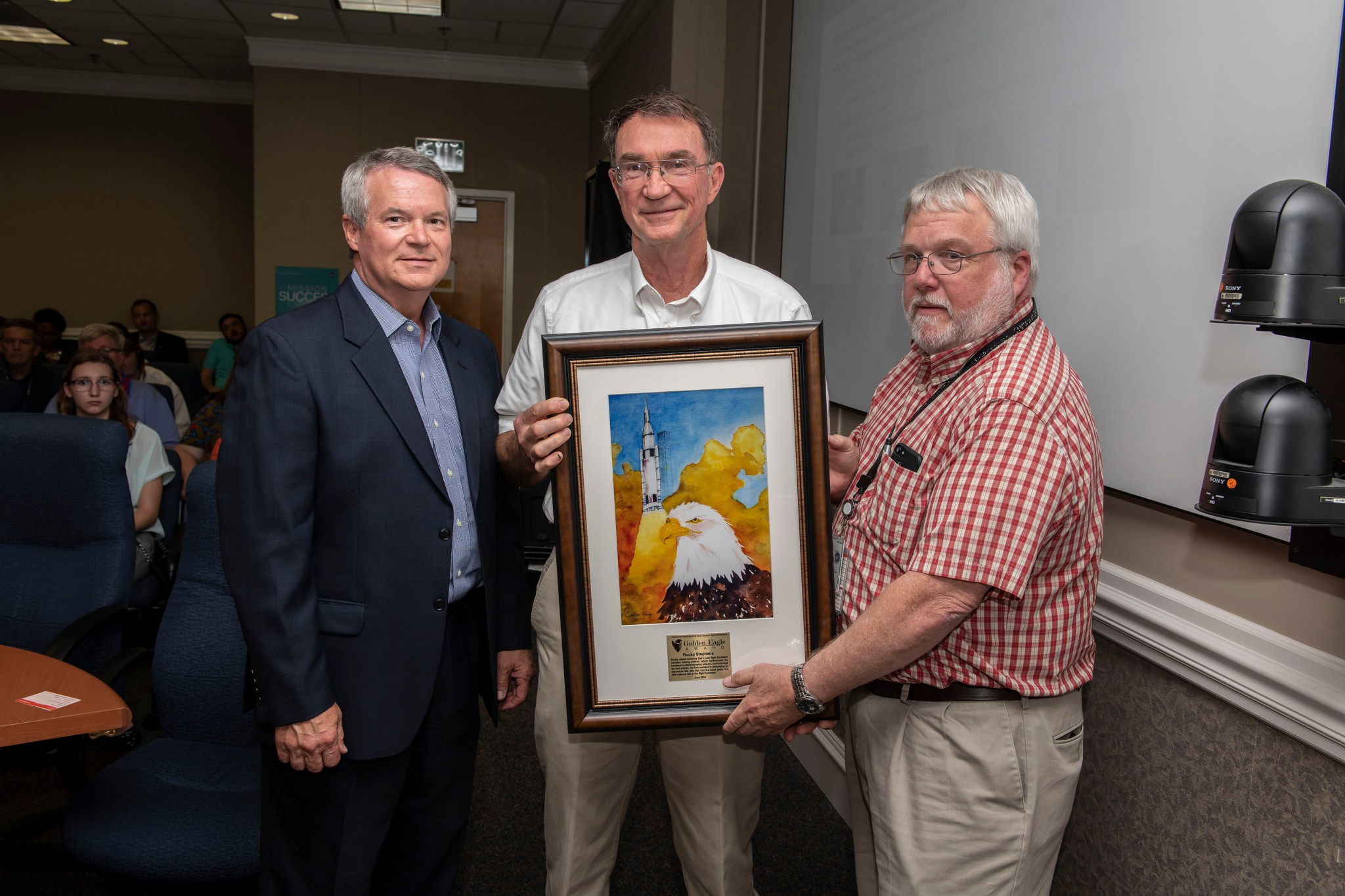In This Week’s Star
- Marshall Helps Launch Redstone Federal Smart Cities Initiative
- NASA’s CubeSat Launch Initiative Opens Call for Payloads on Artemis 2 Mission
- Marshall Honors Engineers with Golden Eagle Award
- Redstone Scientific Information Center Requests Deadline is Aug. 9
- Rocket Science in 60 Seconds: What Is the SLS Green Run Test?
- This Week in NASA History: STS-85 Launches – Aug. 7, 1997
Marshall Helps Launch Redstone Federal Smart Cities Initiative
By Brice Russ
With its highly educated workforce, Huntsville is frequently ranked among the most educated cities in America. Now, alongside partners including the U.S. Army, Tennessee Valley Authority and the FBI, NASA’s Marshall Space Flight Center is working to bring a new type of “smart city” to Redstone Arsenal.
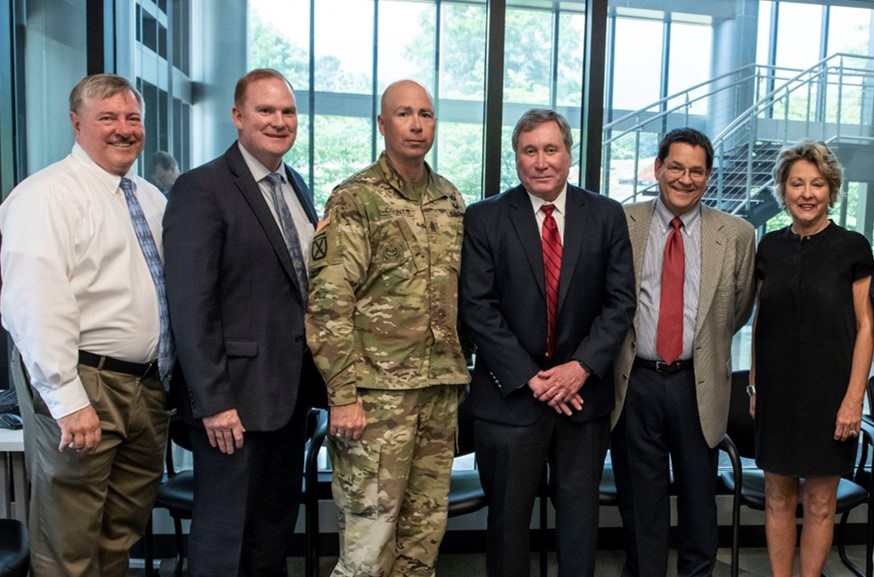
As smart sensors and similar devices become more common and more powerful, communities around the world are frequently pursuing Smart City projects that use innovative technologies and advanced data analytics to enhance their infrastructure, conserve resources, save money and improve the lives of their citizens. Smart City initiatives typically bring together a region’s major tenants, utilities and other partners to collaborate on projects, share resources and ensure that emerging technologies used in Smart Cities have rigorous information technology security.
Following a four-month study sponsored by the TVA, plans came together in 2018 in the form of a long-term roadmap to bring Smart City principles “gate-to-gate” across Redstone. On April 2 of this year, Redstone established a Federal Smart City Coordinating Committee (SC3) comprised of leaders from Marshall, the Redstone Arsenal U.S. Army Garrison Command, FBI Redstone, TVA and the City of Huntsville to coordinate Smart City activities across Redstone’s federal tenants. Marshall Director of Center Operations Roy Malone joined other arsenal leaders to sign an agreement outlining the SC3’s membership and objectives.
In upcoming years, the SC3 will work across Redstone to facilitate and expedite investments in technology that improve the efficiency and effectiveness of operations at Marshall and other federal agencies on base. The SC3 is pursuing six pilot projects to strengthen Redstone’s foundational infrastructure, including smart lighting tools that could reduce energy usage by up to 90%, sensors on fire hydrants to rapidly detect and respond to water leaks and new control systems to make the best use of data provided by Smart City efforts. These pilot projects are set to begin implementation as early as year’s end, with additional plans to be developed in the early 2020s and beyond to build upon this robust foundation.
Russ, an ASRC Federal/Analytical Services employee, supports the Office of Strategic Analysis & Communications.
NASA’s CubeSat Launch Initiative Opens Call for Payloads on Artemis 2 Mission
CubeSats can be part of a historic mission — Artemis 2 — when NASA’s Space Launch System rocket will send astronauts on their first flight aboard the Orion spacecraft farther into the solar system than humanity has ever traveled before.
Artemis 2 will mark a significant step forward in NASA’s plans to return humans to the Moon for long-term exploration and future missions to worlds beyond, including Mars, and the small satellites traveling along for the mission will help inform the next steps of exploration.
NASA is seeking proposals from U.S. small satellite developers to fly their CubeSat missions as secondary payloads aboard the SLS on the Artemis 2 mission under the agency’s CubeSat Launch Initiative. The initiative provides CubeSat developers a low-cost pathway to conduct research in space that advances NASA’s strategic goals in the areas of science, exploration, technology development, education and operations. The initiative allows students, teachers and faculty to gain hands-on experience designing, building and operating these small research satellites.
“CubeSats continue to play an increasingly larger role in NASA’s exploration plans,” said John Guidi, deputy director for the Advanced Exploration Systems division. “These miniature satellites provide a low-cost platform for a variety of technology demonstrations that may offer solutions for some of the challenges facing long-term human exploration of the Moon and Mars, such as cutting-edge laser communications, energy storage, in-space propulsion, and autonomous movement.”
Proposals must include elements designed to extend human presence beyond low-Earth orbit and reduce risk for future deep space human exploration missions. The proposed missions should address at least one aspect of NASA’s goals outlined in NASA’s 2018 Strategic Plan and address identified strategic knowledge gaps related to the Moon or Mars.
This opportunity will be open to U.S. participants including large and small businesses and other federal agencies, as well as NASA centers, not-for-profit organizations or accredited education organizations.
NASA is also seeking proposals from CubeSat developers for ride-share launch opportunities on missions other than Artemis 2. These opportunities are open to NASA centers, not-for-profit organizations or accredited education organizations and will be for flight as secondary payloads on launches other than SLS, as well as deployments from the International Space Station.
Mission proposals for all opportunities must be submitted by 3:30 p.m. CST, Nov. 4. Selections will be made by mid-February 2020, however selection does not guarantee a launch opportunity.
To date, the CubeSat Launch Initiative has selected 175 CubeSat missions from 39 states and 97 organizations across the country. It has launched 88 missions into space and has 37 scheduled missions to launch within the next 12 months.
Marshall Honors Engineers with Golden Eagle Award
By Taylor Goodwin
NASA’s Marshall Space Flight Center recognizes safety as a top priority, and team members who make significant identifiable contributions to flight safety and mission success are recognized with a Golden Eagle award.
Marshall engineers Barbara Tonn and Rocky Stephens are the latest recipients, and were presented their awards at the June 20 “Mission Success is in Our Hands” lecture program.
Marshall’s Safety & Mission Assurance Directorate, with partner Jacobs Engineering of Huntsville, promotes awareness and appreciation for the connections between employees’ everyday activities, the overall success of NASA and Marshall missions and the safety of our astronauts through the Mission Success is in Our Hands program series.
Tonn was recognized for contributing to mission assurance and flight safety program success. She was persistent in assisting Boeing materials and process engineers to correctly interpret non-volatile residue cleanliness acceptance criteria for Space Launch System stages hardware produced at VACCO Industries. Her work resulted in the timely disposition of delivered hardware and influenced a process documentation change for future flight hardware.
Stephens earned his award for significant support to the prevention of a mishap, which could cause loss of the vehicle, crew or mission objective. He raised concerns that a new flight hardware vibration testing method, which hard-mounts the hardware to electrodynamic shakers, could damage test articles. Stephens assisted in developing an alternative test plan that met the same goals, but with reduced risk to the flight hardware.
All Marshall civil service and contractor employees are eligible for nomination for a Golden Eagle award by management or peers. To submit a colleague, see the award nomination form here. To learn more about the Mission Success is in Our Hands program, click here.
Janet Kavandi, director of NASA’s Glenn Research Center, will deliver the Mission Success is in Our Hands lecture Aug. 15 at 11:30 a.m. in Building 4200’s Morris Auditorium. Kavandi will share insights on her career as an astronaut, post-flight leadership roles within NASA and goals as the director of Glenn. She will present her center’s “7 Expected Behaviors” and how they contribute to mission safety and success. There will also be a discussion on how learning from the past allows NASA to meet the challenges of the agency’s new missions and next history-making chapters.
Goodwin, an ASRC Federal/Analytical Services employee, supports the Office of Strategic Analysis & Communications.
Redstone Scientific Information Center Requests Deadline is Aug. 9
The Redstone Scientific Information Center is closing its brick-and-mortar operation Oct. 1. Following the closure, NASA’s Marshall Space Flight Center team members will no longer be able to check out books or access hard copy journals from the RSIC.
If there are any books or journals you recommend that Marshall obtain for a future center library, please provide the titles and call numbers to Mary Ellen Harris or Carolyn McMillan via email by close of business Aug. 9.
If you have questions about the library, please contact Ed Kiessling or Jennifer Stevens.
Rocket Science in 60 Seconds: What Is the SLS Green Run Test?
Rocket Science in 60 Seconds gives you an inside look at work being done at NASA to explore deep space. Chandler Scheuermann is the cryogenic tanks subsystem element manager for the Space Launch System rocket at NASA’s Michoud Assembly Facility. In this episode, he explains how the rocket’s core stage will be tested and certified fit for flight to the Moon and, ultimately, Mars in an acceptance test series called “Green Run.” For more information about SLS, visit https://www.nasa.gov/exploration/systems/sls/green-run-test-paves-way-for-nasa-moon-missions.html.
This Week in NASA History: STS-85 Launches – Aug. 7, 1997

This week in 1997, space shuttle Discovery, mission STS-85, launched from NASA’s Kennedy Space Center. STS-85 carried a complement of payloads in the cargo bay that focused on Mission to Planet Earth objectives. This was the second flight of CRISTA-SPAS and the fourth mission in a cooperative venture between the Germany’s space agency, DARA, and NASA. The payload included three telescopes and four spectrometers, deployed on flight day one, to gather information about Earth’s middle atmosphere. Once science operations were complete, CRISTA-SPAS was used in a simulation exercise to prepare for the first International Space Station assembly flight, STS-88, with the payload being manipulated as if it were the Functional Cargo Block that would be attached to Node 1. Today, the Payload Operations Integration Center at NASA’s Marshall Space Flight Center serves as “science central” for the International Space Station, working 24/7, 365 days a year in support of the orbiting laboratory’s science experiments. The NASA History Program is responsible for generating, disseminating and preserving NASA’s remarkable history and providing a comprehensive understanding of the institutional, cultural, social, political, economic, technological and scientific aspects of NASA’s activities in aeronautics and space. For more pictures like this one and to connect to NASA’s history, visit the Marshall History Program’s webpage. (NASA)





